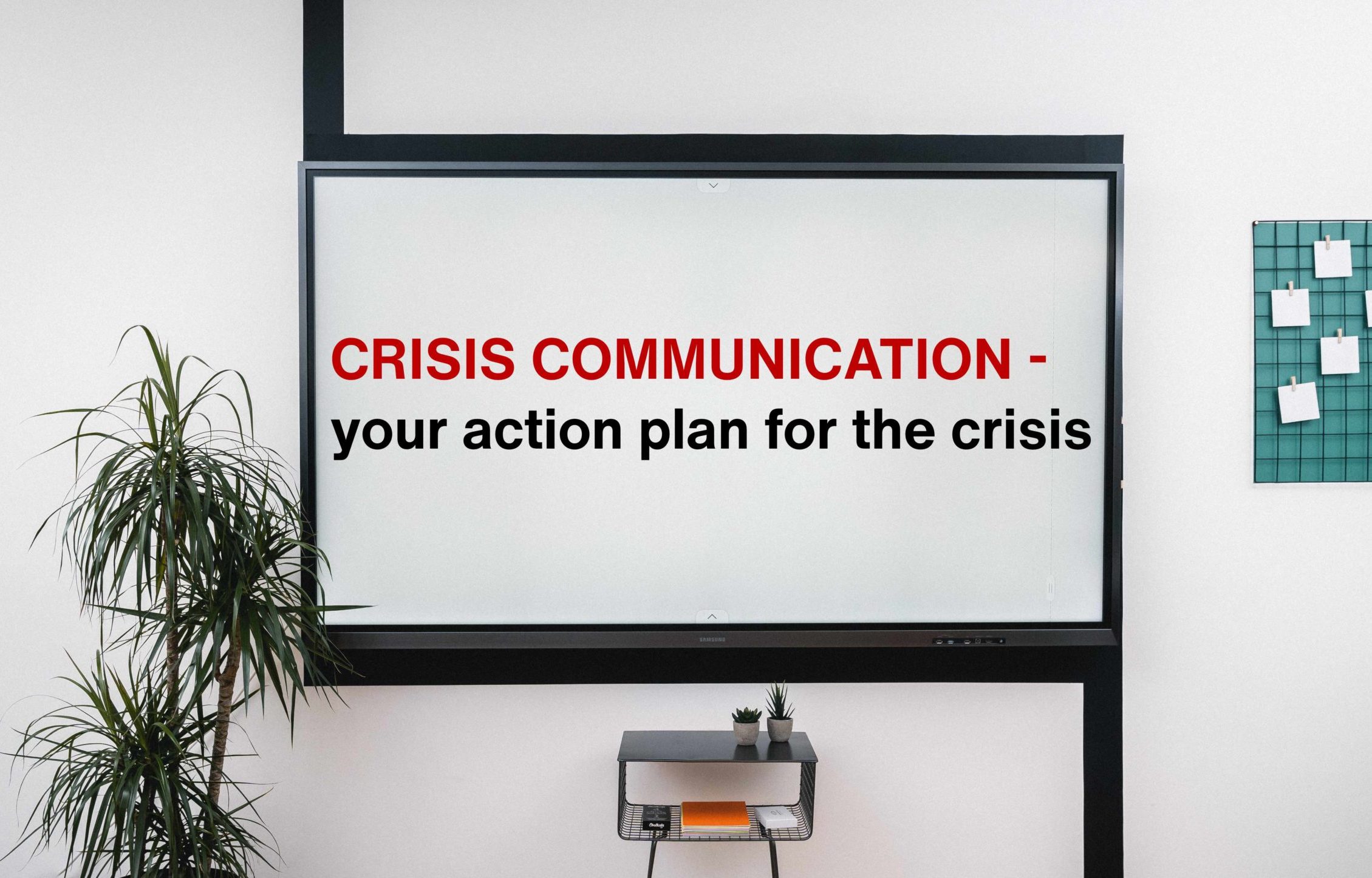We are confronted with three major crises at the same time, which are putting an enormous strain on our society and businesses. It is of great importance to be prepared for any crisis with a functioning communication plan.
Crisis communication is often underestimated on the corporate side. Therefore, in this article we would like to point out the most important points for successful crisis communication.
What is crisis communication and how can it be successfully used in crisis management?
Building on corporate communication practices, crisis communication includes both managing and monitoring the flow of information around an incident. One goal of crisis communication is to build trust in advance that your organisation can build on in the event of an emergency.
The added value for the organisation includes:
– Meeting the information needs of your relevant stakeholders and correcting false reports in a timely manner.
– Reducing external enquiries and the time spent on them
– Protecting your organisation’s reputation by providing factual and timely information
Therefore, crisis communication should be seen as an important part of stakeholder management.
Building the crisis communication approach is best done by implementing the following steps:
1. Issue management
2. Threat analysis
3. Manual
4. Communication tools
5. Resources
6. Training and simulations
We provide a free download where you can learn more about setting up and implementing crisis communication.

